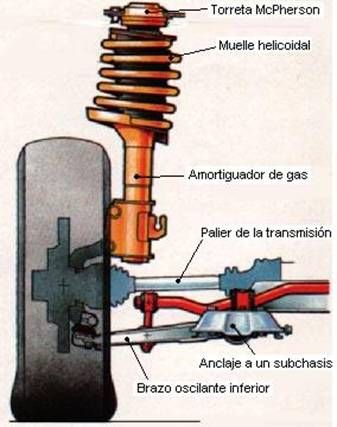While often overlooked, the belts and hoses under your car’s hood are critical for its smooth operation. Regular inspections can prevent costly breakdowns and ensure your vehicle’s reliability. Let’s delve into what to look for and why these components are so important.

1. Belts: The Silent Power Transmitters
- Function:
- Belts transfer power from the engine’s crankshaft to various essential systems, including:
- Alternator (charging the battery)
- Power steering pump (assisting steering)
- Air conditioning compressor (cooling the cabin)
- Water pump (circulating coolant)
- Modern vehicles often use a single serpentine belt, while older models may have multiple V-belts.
- Belts transfer power from the engine’s crankshaft to various essential systems, including:
- Inspection Points:
- Cracks and Fraying: Look for any visible cracks, fraying, or missing pieces of rubber. These are clear signs of wear and impending failure.
- Glazing: A shiny, smooth surface on the belt indicates slippage, reducing its effectiveness.
- Tension: Check for proper tension. A loose belt can slip, while an overly tight belt can damage components.
- Alignment: Ensure the belt is properly aligned on the pulleys. Misalignment can cause premature wear and failure.
- Risks of Failure:
- Alternator Failure: Results in a dead battery and loss of electrical power.
- Power Steering Failure: Makes steering difficult, especially at low speeds.
- Air Conditioning Failure: Leads to an uncomfortable driving experience in hot weather.
- Water Pump Failure: Can cause engine overheating, leading to severe and expensive engine damage.
- Replacement: Replace belts according to the vehicle manufacturer’s recommendations or when you observe signs of wear.
2. Hoses: The Fluid Carriers
- Function:
- Hoses carry essential fluids throughout the vehicle, including:
- Coolant (preventing engine overheating)
- Brake fluid (enabling braking)
- Power steering fluid (assisting steering)
- Air conditioning refrigerant (cooling the cabin)
- Hoses carry essential fluids throughout the vehicle, including:
- Inspection Points:
- Cracks and Bulges: Look for any cracks, bulges, or soft spots in the hoses. These indicate deterioration and potential leaks.
- Leaks: Check for signs of fluid leaks around hose connections.
- Clamps: Ensure hose clamps are tight and secure.
- Dry Rot: Hoses can become brittle and crack due to dry rot, especially in hot climates.
- Risks of Failure:
- Coolant Hose Failure: Can cause engine overheating and severe damage.
- Brake Hose Failure: Leads to a loss of braking power, a critical safety hazard.
- Power Steering Hose Failure: Makes steering difficult.
- Air Conditioning Hose Failure: Results in loss of air conditioning.
- Replacement: Replace hoses when signs of wear are evident or according to the vehicle manufacturer’s recommendations.
Essential Maintenance Tips:
- Regular Visual Inspections: Perform regular visual inspections of belts and hoses, ideally during routine maintenance checks.
- Check for Leaks: Look for fluid leaks around hose connections and under the vehicle.
- Maintain Proper Fluid Levels: Ensure fluid levels are adequate to prevent strain on hoses and components.
- Follow Manufacturer’s Recommendations: Adhere to the vehicle manufacturer’s recommended maintenance schedule for belt and hose replacements.
- Professional Inspections: Have belts and hoses inspected by a qualified mechanic during routine maintenance.
By taking the time to inspect your vehicle’s belts and hoses, you can prevent costly breakdowns and ensure a safe and reliable driving experience.